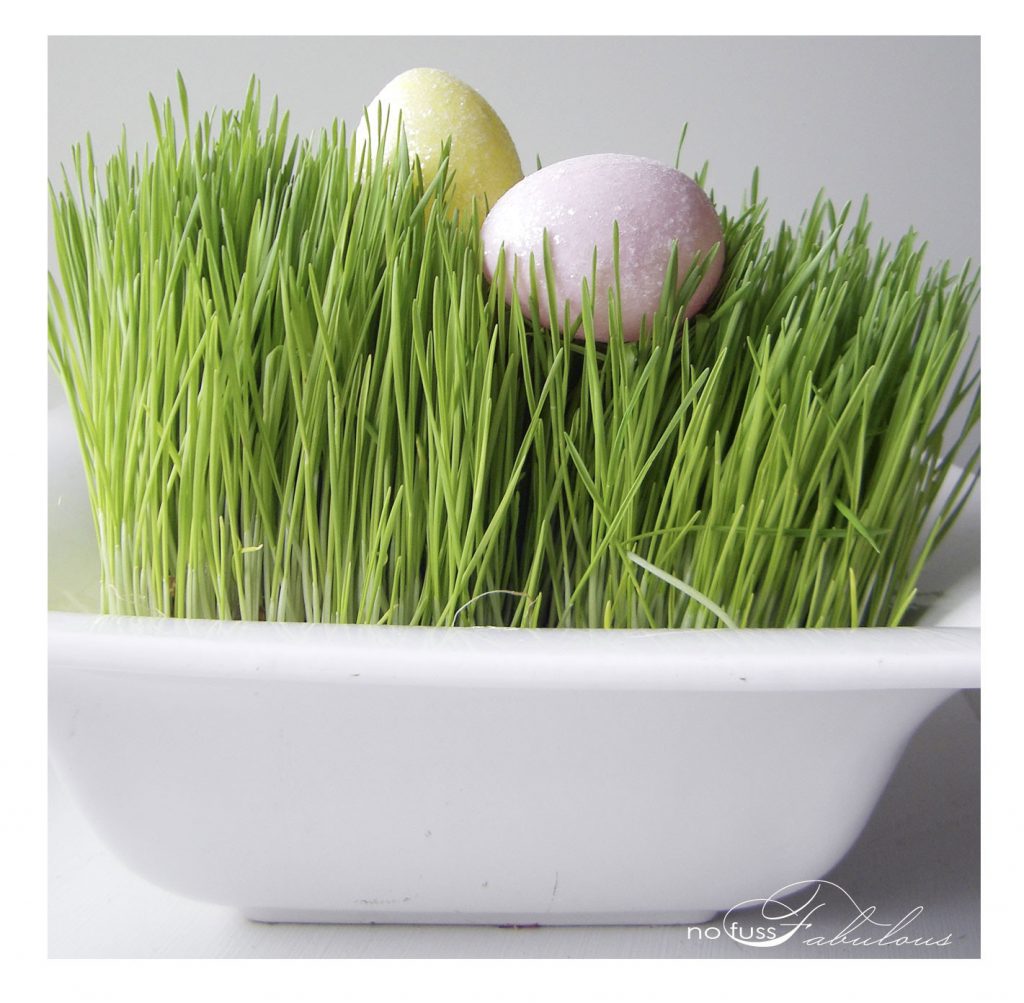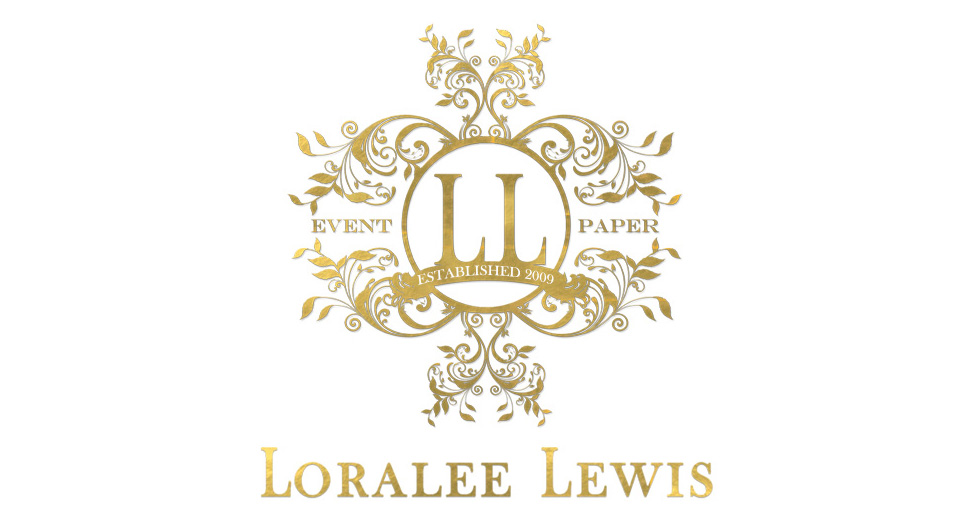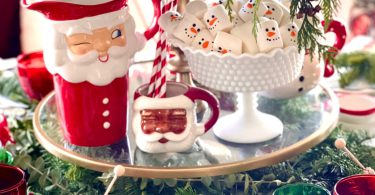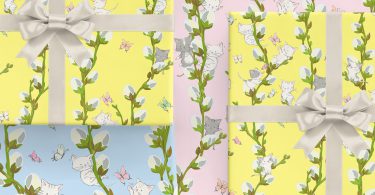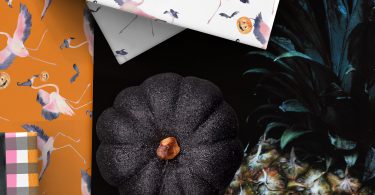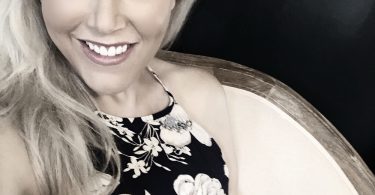A Little History: The origins of celebrating Easter seem to begin early in the third century with a movable feast honoring Christ’s resurrection. Early Christians may have eased cultural differences and religious conversions by relating their feast of Christ’s “renewal” or resurrection with Anglo-Saxon’s pagan spring celebrations involving Eostre, the goddess of spring and renewal, who was depicted at times with a hare or eggs. The Germans, much later in the 1500s, introduced the Easter Bunny or the “Oschter Haws” who would lay colored eggs in hidden caps and bonnets of boys and girls on Easter morning.. By the time this tradition was brought to the United States, it was popular to leave out baskets for bunny and egg shaped sweets. Easter is now celebrated religiously and/or secularly throughout the world. As Christians, our family celebrates the Resurrection during Easter and we also are lucky enough to have the Easter Bunny hop by to celebrate it with us. The following is a tradition we have begun with our family to help teach the meaning of the holiday: a few weeks before Easter we grow wheatgrass. As the wheatgrass grows, each day we review a little bit of the last days of Christ’s life and his resurrection. The definition of resurrection is “the act of rising from the dead or returning to life”. Since Easter is a time to celebrate the resurrection and a renewal of life, early spring is a perfect time to teach your children about birth, growth, the resurrection and life. While the grass is growing , we leave the grass out for the Easter bunny to leave treats on as an early reward for learning of and knowing the meaning of Easter. The above photo is our wheatgrass from this year!
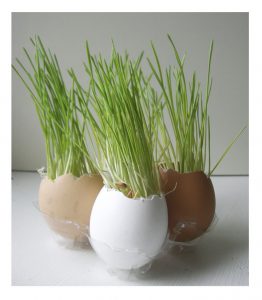
No Fuss Fabulous has a great learning kid-friendly growing activity that will also make simple and wonderful centerpieces or basket fillers for your Easter holiday! While planting and watching the seeds grow, review concepts of growing, the resurrection and life according to your child’s learning level and your beliefs.
1. First order your seed from our favorite wheatgrass provider, The Wheatgrass Man. Or buy some from your local organic foods grocer.
2. Then decide how you will use the wheatgrass for Easter and select the appropriate size growing container. You can cut the wheat grass to fit, but we recommend beginning with the correct size to minimize grass damage and maximize the beauty of your decoration. Above I placed some seeds in a large square, white ceramic serving dish and others in cracked eggs of different shades. Using eggs as seed starting planters or vases seems to be a popular idea this year. I started some of my vegetable seeds in some and then saw the idea on the cover of Better Homes and Gardens this month and on a post by Imagine Childhood.The internet is full of great ideas on how to use wheat grass. Pictured below are just a few of my favorite ideas.
3. Grow the seeds according to these instructions: a. )Sprout the seeds in water for 6 to 12 hours. b.) Mix organic top soil with peat moss (50/50 mix) and place in container. The soil/peat moss mix should be at least 1 inch in depth.
c.) Drain the seeds and spread them over the soil. The seeds should be touching each other but not overlapping. d.) Lightly sprinkle peat moss over the seeds to cover them. e.)Water the tray being careful to not distrub the peat moss and seeds. f.) Keep the trays in indirect sunlight for about 7 to 10 days and continue watering as needed. Trim to desired length regularly with scissors.
4. Then decorate! Use anything from eggs, flowers, birds, butterflies, candy, dragonflies, bunnies, chicks, etc!

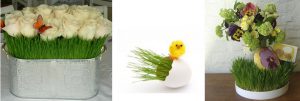
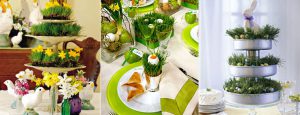


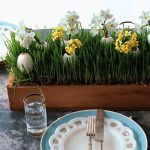
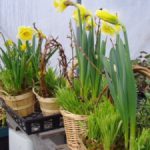
Internet thumbnail credits: StephModo, Southern Living,Seattle Times, DIY Weddings, Celebrations, Poppy Talk, Collin Cowie’s Easter Brunch, Good Housekeeping, Juniper Flowers, int Gardens, Martha Stewart, Parents, Rachel Ray, and Robin Hollow.
Want more Eater fabulous-ness? Click below for more No Fuss Fabulous ideas.
Easter Place Card Robin Nests
Easter-scape Candy Vase
Easy Coconut Macaroon Easter Nests

